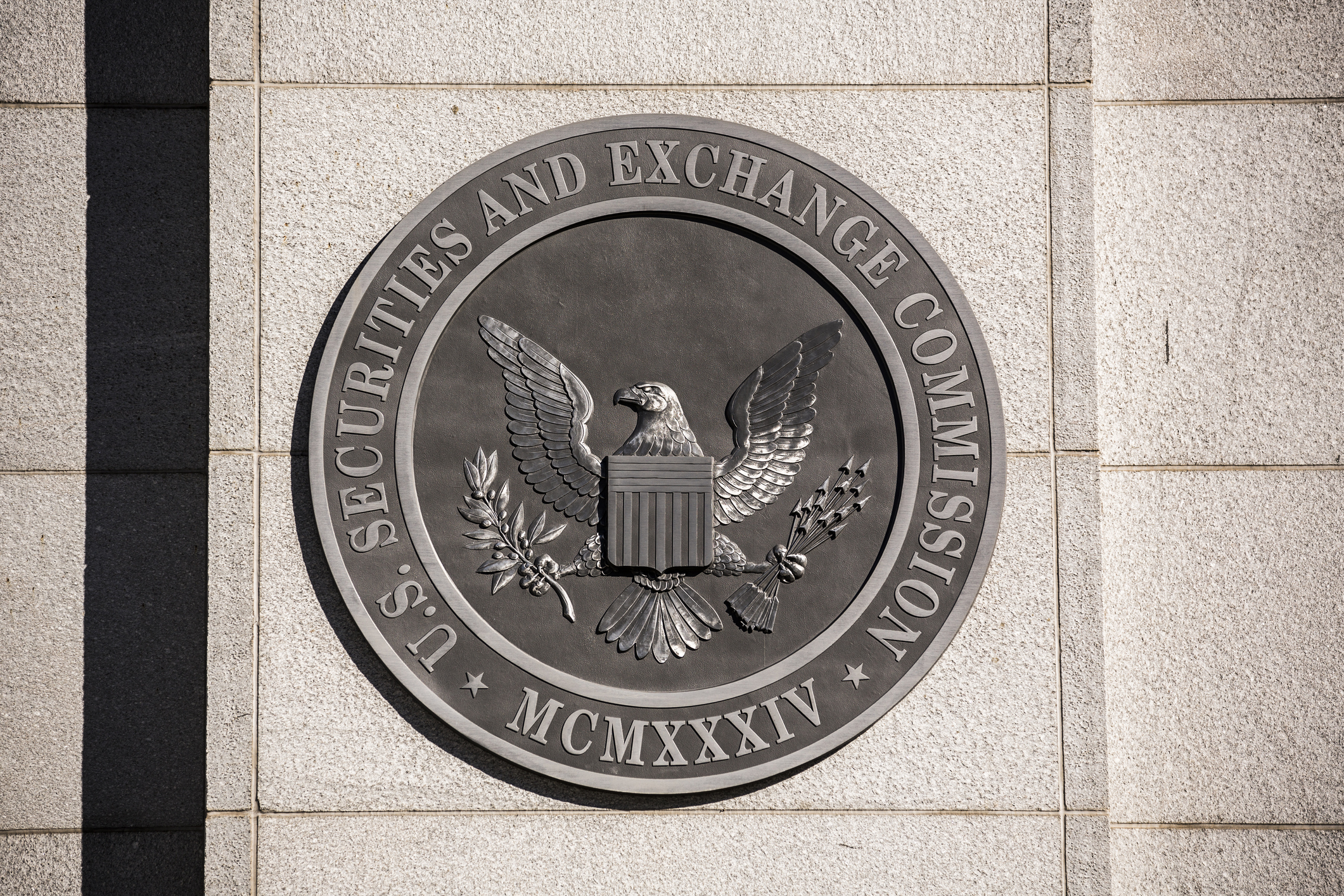For the U.S. Economy, a "New Normal"
After a boom-and-bust cycle, a long adjustment alters the outlook through 2020.

First came the go-go years of the mid-2000s. Housing prices soared, the stock market posted big gains, and the economy perked along. Then the housing bubble burst, the jobless rate jumped, stocks tumbled, and a deep recession arrived.
After eight years of a boom-to-bust whiplash from euphoria to despondency, what is normal? Coming up with an answer is hard because the recession was marked by a financial crisis, which takes several years longer for recovery than a garden-variety downturn. Taking note of that, Michael Moran, chief economist for Daiwa Capital Markets America, says, "We’re in the middle of a long-term adjustment process."
SEE ALSO: The Economy in 2012
From just $107.88 $24.99 for Kiplinger Personal Finance
Become a smarter, better informed investor. Subscribe from just $107.88 $24.99, plus get up to 4 Special Issues

Sign up for Kiplinger’s Free Newsletters
Profit and prosper with the best of expert advice on investing, taxes, retirement, personal finance and more - straight to your e-mail.
Profit and prosper with the best of expert advice - straight to your e-mail.
Moran adds: "It's going to seem like the world is different for a few more years. There was rapid growth fueled by the housing bubble, which enabled a ramp up in consumer spending, activity that shouldn't have taken place. Now, there's payback."
But payback doesn't mean the economy will return to where it was a decade or so ago. Using the rest of this decade as a frame of reference, we look for the center line -- the new normal, if you will -- that will define the economy when 2020 rolls around.
GDP growth will average 2.5% a year until then, much better than at the recession's bottom but markedly less than the 2.9% average annual growth in the decade leading up to the steep plunge in 2008-2009. The difference will mean billions of dollars in missed production.
The idea of full employment also will be redefined. Policymakers will see 6% as an acceptable goal after three years of stubbornly high rates above 8%. The old target was 5%. That one percentage point difference means carrying an additional 1 million workers in the ranks of the unemployed.
Expect to see inflation and interest rates above where they are now. Consumer prices, on average, could double their increase, from about 2% this year to about 4% in 2020. Prices crept up 3% a year, on average, from 1990 through 2007. The Federal Reserve vows to keep inflation close to 2%, but the urge will be great to let a sluggish economy grow a bit longer with a bit more inflation over the next few years.
Interest rates, at rock bottom now, will likely be four points higher to satisfy bond investors who see higher inflation as a threat. The rate for 10-year Treasuries will settle above 6%, with corporate bond rates higher as well. Pricier mortgages, too, with the 30-year fixed rate loan about 8% in 2020, compared with about 4% now.
But higher mortgages won't quash home buying. Prices will rise about 1% a year after inflation, roughly the same as always except during the big housing boom. But the rate of homeownership -- 69% in 2006 -- will settle around 66% by 2020, slightly higher than now. Returning to the peak for ownership would require generous lending terms. Memories of the housing crash will linger in the minds of lenders, who will be wary of approving all borrowers.
Despite higher borrowing costs, new-car sales will settle near prerecession levels of 16 million a year. Sales fell to 10.4 million during the recession after a peak of 17.4 million in 2000. Pent-up demand to trade in clunkers will boost sales to around 17 million in 2016.
SEE ALSO: The Economy in 2012
One benchmark that won't be seen anytime soon: a federal budget deficit of 2%-3% measured against the size of the economy. It's about 9% now, but a focused Congress can cut it to 5% or so by 2020. The huge cost of entitlement spending for programs such as Medicare and Medicaid, and the ongoing price of fighting terrorism, will preclude deeper cuts.
There will be deviations, both above "normal" and below. And wild card threats to stability are always on the horizon: natural disasters, political firestorms, war, an ongoing crisis in Europe. It's a safe bet that the ride will be bumpy.
Overall, a so-so economy. Not great, but erasing memories of the depths of the Great Recession.
Profit and prosper with the best of Kiplinger's advice on investing, taxes, retirement, personal finance and much more. Delivered daily. Enter your email in the box and click Sign Me Up.

-
 'Humbug!' Say Consumers, Despite Hot GDP: Stock Market Today
'Humbug!' Say Consumers, Despite Hot GDP: Stock Market Today"The stock market is not the economy," they say, but both things are up. Yet one survey says people are still feeling down in the middle of this complex season.
-
 The SEC Is Concerned for Older Investors and Retirement Savers. Here's What You Should Know
The SEC Is Concerned for Older Investors and Retirement Savers. Here's What You Should KnowThe SEC focusing on older investors, retirement and college savers, and private securities. Here's how those changes impact you.
-
 Vesting, Catch-Ups and Roths: The 401(k) Knowledge Quiz
Vesting, Catch-Ups and Roths: The 401(k) Knowledge QuizQuiz Test your understanding of key 401(k) concepts with our quick quiz.
-
 What to Expect from the Global Economy in 2026
What to Expect from the Global Economy in 2026The Kiplinger Letter Economic growth across the globe will be highly uneven, with some major economies accelerating while others hit the brakes.
-
 Amid Mounting Uncertainty: Five Forecasts About AI
Amid Mounting Uncertainty: Five Forecasts About AIThe Kiplinger Letter With the risk of overspending on AI data centers hotly debated, here are some forecasts about AI that we can make with some confidence.
-
 Worried About an AI Bubble? Here’s What You Need to Know
Worried About an AI Bubble? Here’s What You Need to KnowThe Kiplinger Letter Though AI is a transformative technology, it’s worth paying attention to the rising economic and financial risks. Here’s some guidance to navigate AI’s future.
-
 Will AI Videos Disrupt Social Media?
Will AI Videos Disrupt Social Media?The Kiplinger Letter With the introduction of OpenAI’s new AI social media app, Sora, the internet is about to be flooded with startling AI-generated videos.
-
 What Services Are Open During the Government Shutdown?
What Services Are Open During the Government Shutdown?The Kiplinger Letter As the shutdown drags on, many basic federal services will increasingly be affected.
-
 The Economy on a Knife's Edge
The Economy on a Knife's EdgeThe Letter GDP is growing, but employers have all but stopped hiring as they watch how the trade war plays out.
-
 Apple Readies for AI Upgrade with New iPhones
Apple Readies for AI Upgrade with New iPhonesThe Kiplinger Letter The tech giant has stumbled when it comes to artificial intelligence, but a new batch of iPhones will help it make headway.
-
 Japan Enters a New Era of Risk and Reform
Japan Enters a New Era of Risk and ReformThe Kiplinger Letter Japan has entered a pivotal moment in its economic history, undertaking ambitious policy and structural reforms to escape from decades of stagnation.